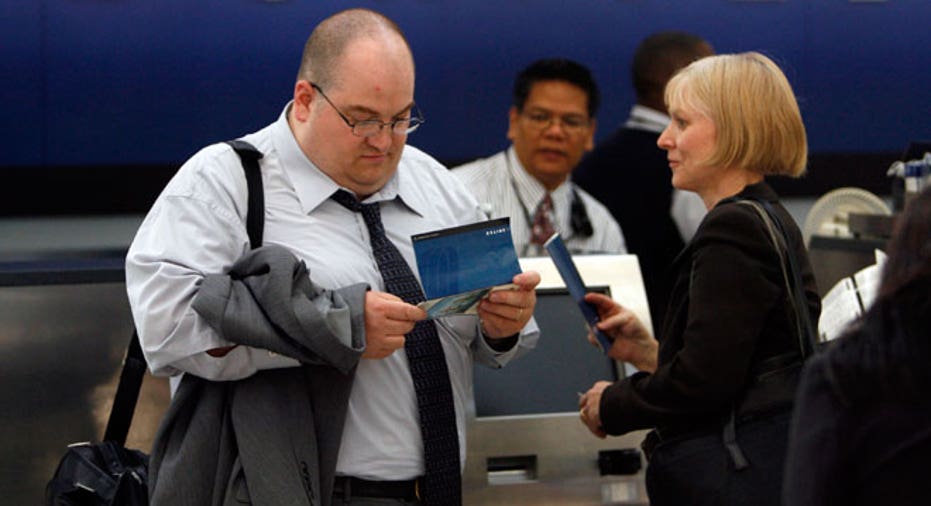Preparing Your Cards for Overseas Travel

Dear Opening Credits,
I will be traveling to Europe in December. I presently do not have a credit card with the chip technology. I am researching a card through Chase. I was told that the card I am looking at has the chip-and-signature feature. From your experience with card readers, are these cards accepted at most retail places in Europe?
- Beverly
Dear Beverly,
I'm glad that you're thinking ahead, because the credit and debit cards that you bring need to be updated. Most of the countries in the European Union adopted cards embedded with a microchip years ago.
You have time to obtain the necessary plastic, though, especially if you're sticking with the same credit card account. In that case, the process is neither hard nor time consuming. Upon request, your card issuer will just add the chip to a new card and send it over. No application process, possibility of denial or impact to your credit rating.
I know how easy it is because I recently had to do the same before a trip to Costa Rica. In a five-minute phone call to my issuer, I explained where I was traveling and that I was concerned that my card wouldn't work on my trip. The representative said she would make sure one with the EMV chip was sent to me immediately. It arrived in about three days, which is an average time frame. Since you are not leaving for a few months, you're way ahead of schedule.
While most issuers are transitioning their cards to the more secure chip technology, your issuer may not be yet. In that case, you'll have to apply for a new card. I would recommend you find one that does not charge foreign transaction fees on overseas purchases as well as having the EMV chip.
There are some major differences between cards with just the magnetic stripe and those with a computer chip -- often called "smart cards." In the former, information about the account is transmitted via the magnetic stripe. The problem is, they are easy to hack and the cards are prone to duplication and fraud. The stripes themselves are fragile, too. Place your card close to a magnetic field, including ubiquitous wallet snaps, and they may be deactivated.
On the other hand, cards with EMV (Europay, MasterCard and Visa) technology contain a microchip that transmits the information about your account. These smart cards look the same as all the rest, except for a small square on the front, which contains the chip. The data stored in the chips cannot be duplicated (at this point, anyway), because it is encrypted. That makes them safer for issuing banks, the merchants that accept the cards, the companies that process the transactions, and us, the cardholders.
I reached out to Chase on your behalf and the representative I talked to said the only place you might experience problems with the new chip-and-signature card are unmanned kiosks such as what you'd find in parking garages and train stations. Some of those machines only take chip-and-PIN cards -- another version of smart cards that require you to authorize the payment with a unique personal identity number, rather than a signature. Outside of that potential glitch, you should be fine. Most of the new chip cards manufactured in the U.S. are chip-and-signature, not chip-and-PIN, and contain both the magnetic stripe and the data chip.
Nonetheless, I always recommend taking a backup card as security when leaving the country, and always let your issuers know ahead of time when you are traveling so your card doesn't get flagged for potential fraud and your account frozen.
Safe and exciting travels to you!
See related: 8 FAQs about the new EMV credit cards, How soon should retailers switch to EMV?